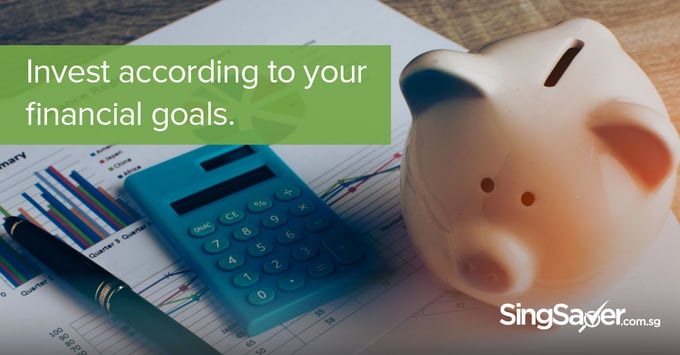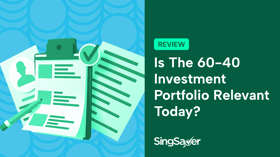Method 2: Invest Everything After the Emergency Fund
This method, while not precise, is simple to understand and follow.
Using this approach, you first save 20% of your income per month to build up an emergency fund. This fund should consist of six months of your income.
The emergency fund is the savings you will use to deal with emergencies. As your income rises, or you spend from the fund, you will have to top it back up to the six-month limit.
Whenever the fund is at six months of your income, the 20% you’d normally save is instead used to invest. This can go into a mutual fund, blue chip stocks, index funds, etc.
You will still need to pick the assets intelligently of course, and secure a good rate of return (speak to a financial professional). However, you can be assured that emergencies will not disrupt your investment - if something goes wrong, such as retrenchment, you can tap your emergency fund instead of taking money from your retirement portfolio.
Method 3: Fixed Ratios
This is a traditional approach, in which you fix ratios to save and invest. Typically, this is 20% of your pay for savings, and 15% for investing.
This requires very little thought or planning. If you automate the process, such as by GIRO, you won’t feel the pinch of having to set aside the amounts. However, this simplicity comes with limitations. For example, you may not notice that you are saving too little for retirement, as there is no actual planned amount to reach.
You may also end up saving much more than is necessary for an emergency fund. Remember that cash savings, such as leaving money in your bank account, ultimately leads to stagnation. The value of the money decreases as it’s not growing, and it won’t keep up with inflation. If you save an unnecessarily large amount, you may ultimately be losing out.
Read This Next:
8 Investing Skills You Didn’t Know You Could Learn From Chinese New Year Games
8 Investment Books to Read to Change Your Financial Life
Investment Guide: SingSaver’s One-Stop Investment Shop
Similar articles
Year-End Financial Review Checklist: How to Review Your Money Goals for a Successful 2024
Q2 Financial Check-In: Am I On Track For My Financial Goals?
How Much Should a 35-Year-Old Invest Monthly to be a Millionaire by 65?
Is Investing Better Than Saving Money?
Retiring Early: Why The F.I.R.E Movement Might Not Work For Everyone
How Much Savings Should I Have By Age — 20s, 30s, 40s, 50s
How Much Insurance Protection Do I Need In 2024?
How Recurring Investments Make You A Successful Investor












